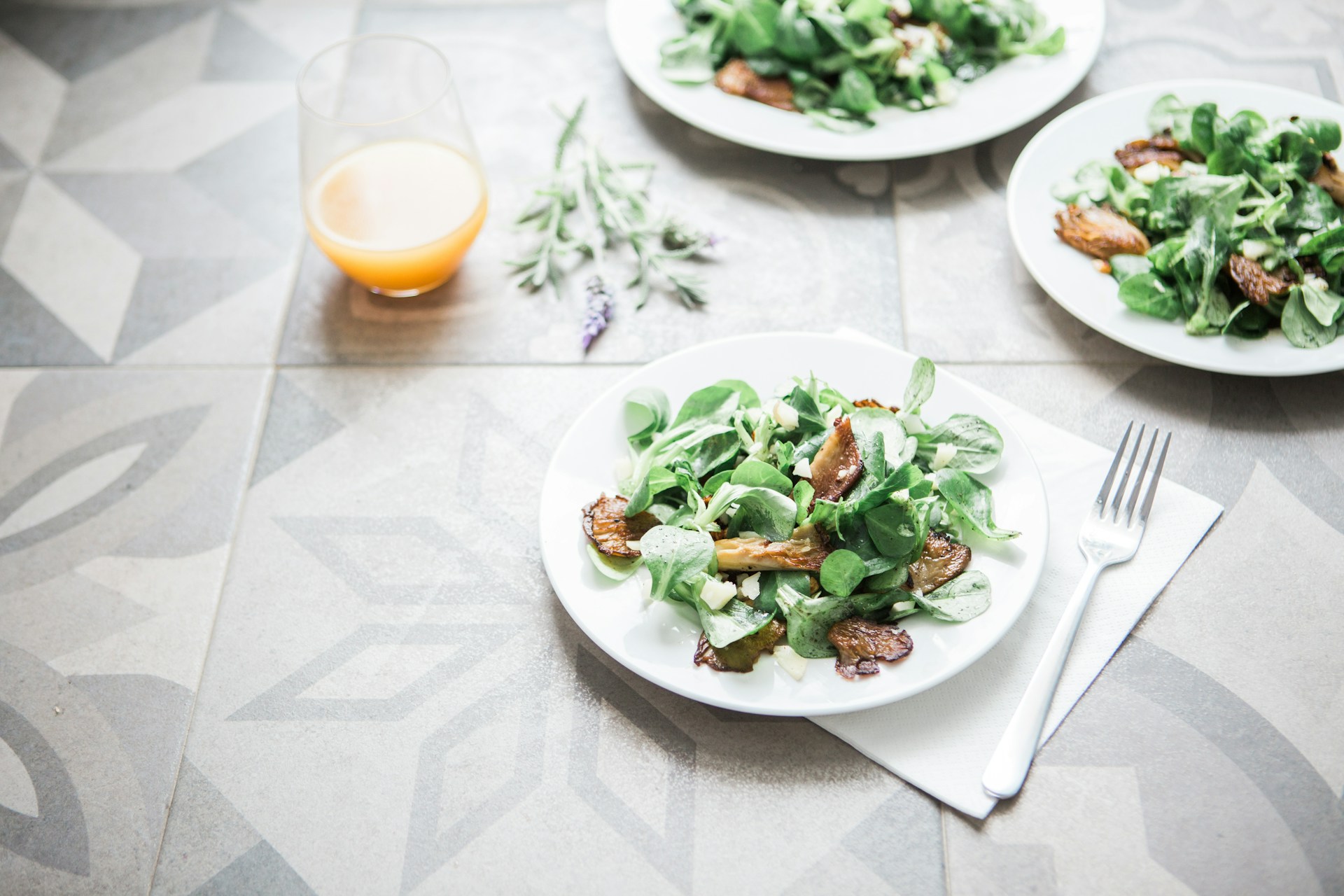With the last of the frost far behind us, and the warmth of spring breathing new life into the countryside, the Cambridgeshire landscape has become a treasure trove of wild edibles waiting to be discovered. Foraging during the spring is not only a wholesome outdoor activity but also a great way to connect with nature and enjoy the freshest flavours of the season. In this blog, we’ll explore the art of spring foraging in Cambridgeshire, sharing tips, safety guidelines, and some delicious recipes to inspire your culinary adventures.
For more information, check out the Woodland Trust’s article on Foraging Guidelines before you begin as different lands have different laws and you don’t want to get caught out picking a potentially harmful look-alike! Always be 100% confident before you ever consider consuming wild produce, and if you feel uncertain, you can still forage for things like leaves, pinecones, and flowers that you can decorate your house with.
Things to find in April
Chickweed: Found all year round, this delicate and tender weed has more nutrients and minerals per ounce than well-known superfoods such as kale and spinach! To cook, simply boil in hot water as you would any other leafy green or you can also eat it raw, making it the perfect garnish for a light salad or even blended to make an earthy pesto.
Wild garlic: This delicate wild herb is usually found from March to May with a milder flavour than the traditional garlic you find in the supermarket, making its leaves a versatile addition to soups, salads, and stews. It’s best to pick these before the leaves before the flowers begin to bloom as the stems can become tough and stronger in flavour.
Sorrel: Tangy in flavour, this plant has been dubbed ‘sour ducks’ and can also be found year-round in open grasslands such as parks, lawns, and meadows. Unlike the others, sorrel is quite a delicate plant in that it doesn’t like being stressed by heat, nor does it enjoy being cut, which means it’s better served as is on a salad or just to brighten up soups and broths. It’s also packed with tons of B vitamins and potassium and is said to aid problems like bloating and skin irritations.
Watercress: This peppery leaf packs a flavour punch and can be found from March to November in slow-moving water, ditches, and ponds (safety before anything else!) It’s important to wash and cook these leaves thoroughly as its habitat means there could be a host of parasites that you don’t want to be ingesting. The plant contains a high level of vitamin K and iodine, which makes it another superfood contender that can be added to your foraging arsenal.
Nettles: Starting from March until the late autumn, nettles are often seen as a pesky weed that catches people barehanded when they least expect it. Once the nettles have been blanched, or even steamed as some foraging experts now swear by, the nettles will have been tamed and you can enjoy the spinach-reminiscent leaves that are rich in vitamin C and iron.
Spring Foraging Recipes
Wild Garlic Pesto: Whip up a vibrant and earthy pesto using freshly foraged wild garlic leaves, toasted pine nuts, Parmesan cheese, and olive oil. Blitz together until a coarse but spreadable paste is created and serve tossed with pasta or spread on crusty bread for a taste of springtime goodness.
Nettle Soup: Transform nutrient-rich nettles into a nourishing soup by simmering them with potatoes, onions, garlic, and vegetable broth until tender. Blend until smooth and finish with a swirl of cream for a comforting meal that will keep any nasty bugs away.
Sorrel Salad: Combine tangy sorrel leaves with crisp lettuce, radishes, and a zesty vinaigrette using the juice of an orange for a refreshing spring salad that celebrates the flavours of the season.
Chickweed Salad: Toss fresh chickweed leaves with mixed greens, cherry tomatoes, cucumber, and red onion. Optional: Add crumbled feta cheese and toasted sunflower seeds. Drizzle with lemon-herb dressing made with olive oil, lemon juice, and fresh herbs. Enjoy this refreshing spring salad bursting with flavour!
Connecting with Community
What better way to connect with your local community than to join a local foraging group or attend a guided walk led by experienced foragers who will be able to put your concerns to rest by helping identify safe plants to pick and consume. Not only will this foster a sense of connection, but will deepen your knowledge and appreciation of wild edibles. With curiosity, respect for nature, and a dash of creativity in the kitchen, spring foraging offers a rewarding journey that nourishes both body and soul. So grab your basket and set forth into the great outdoors – the wild wonders of spring await!
